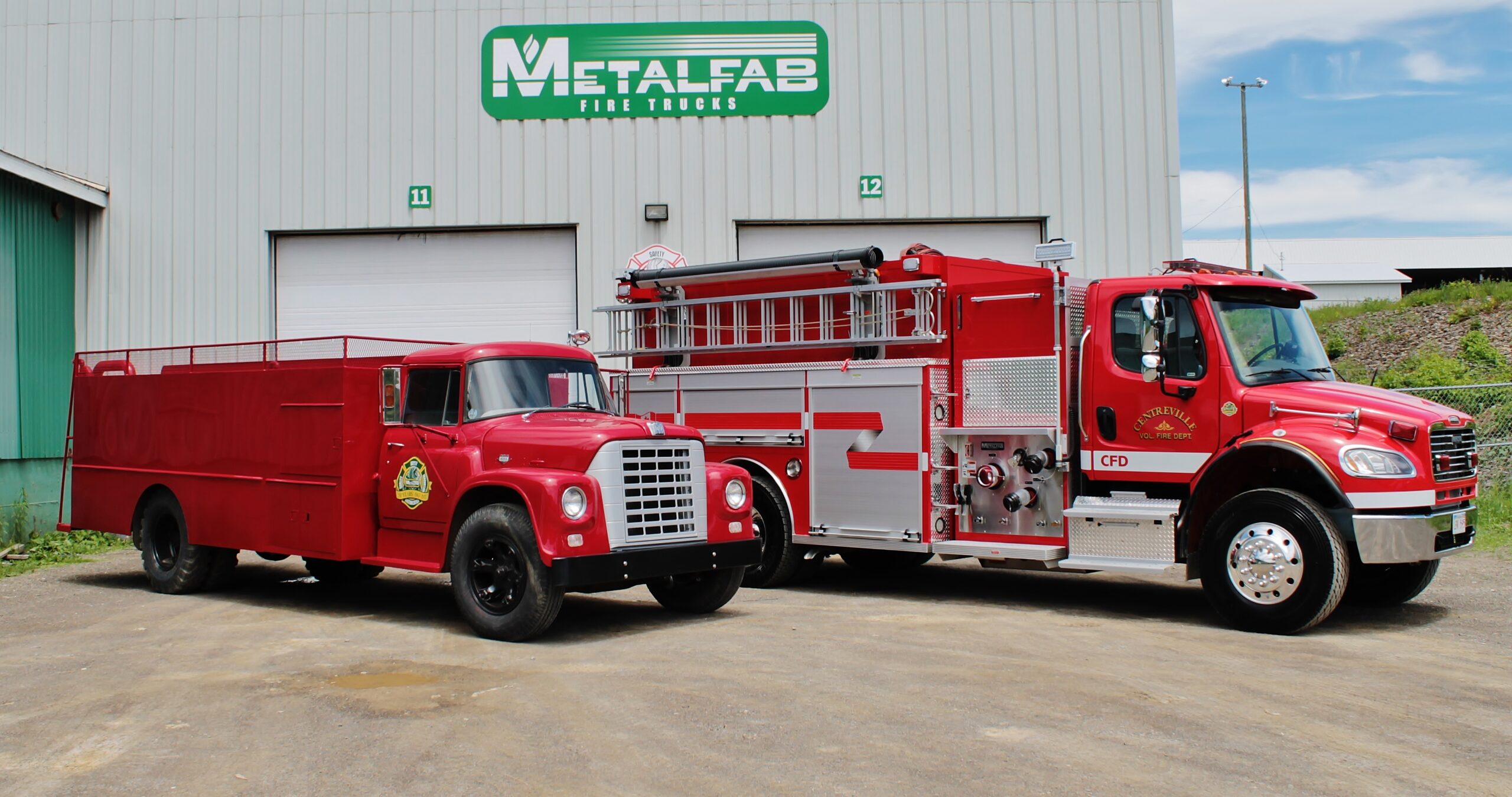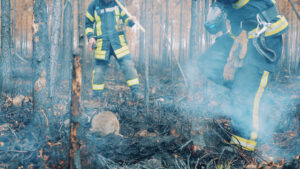
Wildland Forestry Fire Trucks
Rising temperatures, prolonged droughts, and changing weather patterns have caused devastating forest wildfires across North America, increasing the need for specialized rigs to fight these blazes. The purpose of a wildland fire engine, also known as a brush truck, is to transport firefighters to the scene of a wildfire and supply them with water and other equipment. Different types of wildfire equipment serve different purposes.
The US National Fire Protection Association specifies that trucks used primarily for outdoor and wildland responses are to be classified as wildland fire apparatus and must comply with NFPA 1906.
There are five main types of wildfire fire engines: Type 3, Type 4, Type 5, Type 6, and Type 7. Each engine varies in size based on how many gallons of water they hold and how many gallons per minute its pumps can produce. On the other hand, Type 1 and Type 2 fire engines are mainly used for structural fires and fires in suburban areas.
Each engine type has its unique set of requirements to ensure optimal performance. We discuss each of these types of fire engines below.
Type 1 Fire Engine
A Type 1 fire truck typically responds to structural fires and is the most common type used today. Densely populated areas depend on a Type 1 fire apparatus to efficiently maneuver to the call and deploy an array of ladders to reach fires in elevated buildings. A typical custom pumper holds around 400 to 500 gallons of water. Often, the amount of water needed to extinguish the fire cannot be supplied by the tank alone. Finding a reliable water supply is one of the most fundamental operations when arriving on the fire scene. Type 1 pumpers are equipped to carry up to four firefighters.
Type 2 Fire Engine
Type 2 fire trucks are comparable to Type 1 fire trucks in terms of equipment and specifications. They are also the most popular type of fire engine seen in suburban areas. Although smaller than Type 1 pumpers, commercial pumpers are fully equipped. They are usually the first ones to arrive, and they begin putting out the fire before additional help arrives. Most crews of three or four can operate a Type 2 pumper.
Type 3, Type 4, and Type 6 Fire Engines
“Wildland engines” or “brush trucks” refer to engines of Type 3, Type 4, and Type 6. These are the fire trucks and rescue vehicles that can traverse tough terrain and get to wildfires quickly. Wildland fire engines are outfitted for pump-and-roll, a strategy that involves driving the vehicle with the pump engaged as a firefighter sprays water from a hose onto a fire.
Type 4 Fire Engine
Similar to the Type 3, but with a few key improvements, is the Type 4 wildland engine. The Type 4 is meant for driving over rugged terrain and weights 26,000 pounds; however, it has a larger 750-gallon tank at the expense of a smaller pump and less hose. Type 4 pumps are required to move 50 gallons of water per minute at 100 psi. A Type 4 can only carry a maximum of two people at a time.
Type 5, Type 6, and Type 7 Fire Engines
Type 5, Type 6, and Type 7 fire engines are typically customized to meet the needs of each specific department. These vehicles generally are pickup truck-based with 4-wheel drive. These engines are often seen in both wildland and suburban settings. These fire engines have a much smaller configuration than a typical Type 3 or Type 4 engine. The smaller body still allows the department to carry 50 to 400 gallons of water with the maneuverability and accessibility you don’t have in Type 3 or Type 4. Type 5 through Type 7 are used heavily for the initial fire suppression response, and their GVWRs are rated in ascending order from 26,000 lbs in Type 5 engines to 14,000 lbs in Type 7. This engine classification is designed to hold a minimum of two people and carry hose diameters ranging from 1 inch to 1½ inches.
For more information about the Wildland Forestry Fire Trucks or if you have questions, contact our Business Development Manager, Ryan Stacey, at rastacey@metalfabfiretrucks.com or by phone at 1-800-561-0012, extension 24.

